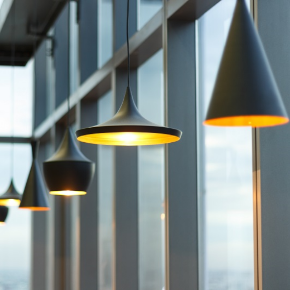MSSA - Vleihuis Residential Development

This project’s brief stated that the intent is to lead in every way in the architectural innovation of sustainability principals. The application of these principals should be culturally relevant to the Linden area, the city of Johannesburg and the country of South Africa.
Due to the completely transformed nature of the area of Linden with exotic gardens, the architect’s initial starting point was to bring back an indigenous landscape to the site. The buildings would be planned around the thriving of this landscape and not the other way around.
The new residential units should sit in the landscape as a bird’s nest would. Using ideas of how birds use local materials, respond to climate, respond to predators (crime) and camouflage into their surroundings. The natural landscape & its ecology must be a restored and become the starting point and restraining device for the design to “reverse local extinction through sustainable architecture”.
Through an extensive research process a created wetland was seen as the best landscape to increase biodiversity. An expedition was then taken to the Okavango Delta in Botswana to study a wetland in pristine condition. Numerous elements of inspiration and research were then incorporated into the design from this trip.
This project has been quoted as “setting the new benchmark in sustainable design in SA.” Using the wetland as a purification device rainwater is treated to a portable quality. This was able to achieve a NET ZERO water certification and independence from municipal water. The project is also rated as NET ZERO carbon having a 3kW PV solar system with 15kWh of battery storage. Cooking is on gas with hot water being heated by solar water heaters giving the residents the opportunity to be independent of municipal electricity. The project is additionally NET POSITIVE ecology increasing the biodiversity of the site. Food can be farmed on-site, with an urban farm on the roof of each unit and protein from fish and fresh water mussels from the wetland.
This project is therefore rated triple NET ZERO from the GBCSA and is the first project on the continent to achieve this.


















